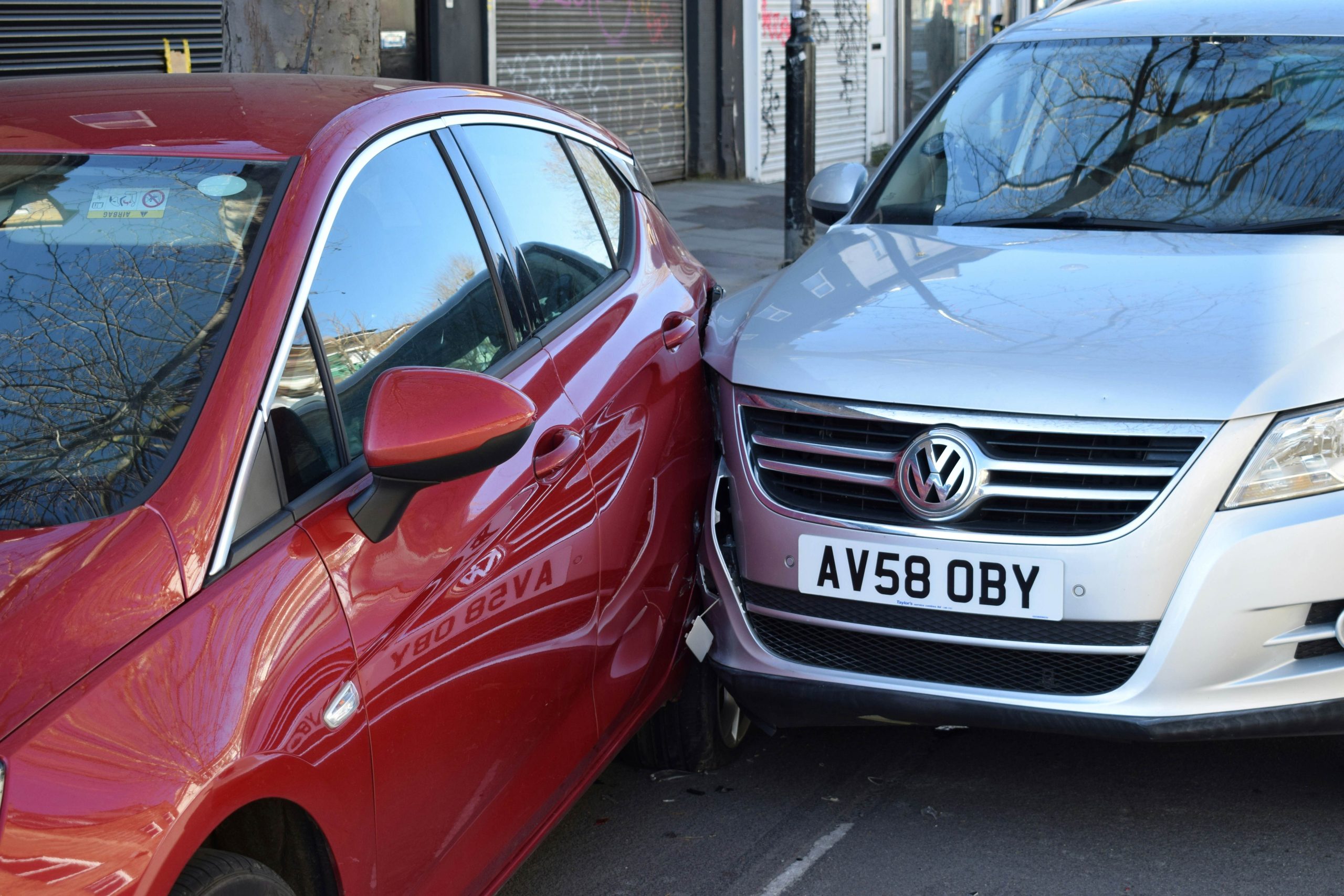Did you know that Texas has the highest number of car accidents in 2023, with 4,068 fatal accidents? In the United States, approximately 14,000 auto accidents happen each day. According to the National Highway Traffic Safety Administration (NHTSA), in the first three months of 2024, an estimated 8,650 people died in traffic crashes.
Corona car accident lawyer Marc Karlin says after a car accident, figuring out how much compensation you can get for your injuries and other damages isn’t that easy. Making an insurance claim and negotiating well with your insurance provider ensures that you get appropriate compensation.
You and your attorney and the insurance company will normally engage in back-and-forth conversations during the negotiation process. During these conversations, both sides try to agree on a fair settlement amount. Let’s look into the steps involved in the negotiation process in car accident cases.
Legal Consultation and Case Evaluation
When consulting a lawyer, you must submit all important information in order for the lawyer to conduct a thorough case examination. Your attorney will require details about the accident, including when and where it happened, the vehicles involved, and any injuries sustained. Prepare yourself to engage with insurance companies and gather copies of police reports and medical documents.
According to personal injury attorney William T. Corbett, your lawyer will need this information to assess the strengths and weaknesses of your case. He or she will consider factors like liability, damages, and potential legal issues that could affect the outcome of your claim.
Remember to share the details of the accident openly and honestly so your attorney can give you the best legal guidance possible.
Gathering Evidence
Following a thorough review of the case, make sure to gather evidence and documentation related to the vehicle accident. This improves your negotiating position. Gather police reports, witness testimony, medical records, and photos of the accident scene and vehicle damage. Keep track of accident-related medical expenditures, vehicle repairs, and lost pay.
The police accident report is an official record of the date, time, location, and circumstances surrounding the accident. Remember to organize your insurance information, correspondence with the other party’s insurance company, and accident-related communication for bargaining reference.
Initial Negotiation and Demand Letter
To initiate the negotiation process after a car accident, you need to create a persuasive demand letter pointing out your position and desired resolution. This letter will be your official communication to the at-fault party or their insurance company, detailing the facts of the accident, your injuries, medical treatment received, and the impact on your life.
Clearly state your position on liability and the compensation you believe you’re entitled to for damages such as medical expenses, lost wages, pain and suffering, and any other relevant losses. Be sure to support your demands with evidence such as medical records, bills, and documentation of other expenses incurred from the accident.
Presenting a well-structured and compelling demand letter can set the tone for negotiations and demonstrate your preparedness to pursue a fair settlement. Remain professional and concise in your communication to increase the chances of a favorable outcome in your negotiations.
Counteroffers and Settlement Discussions
When discussing counteroffers and settlements after a car accident, it is important to be ready to find a middle ground. Review the other party’s counteroffer and analyze your priorities and intended outcome. Respond immediately to the counteroffer to continue negotiations.
During settlement discussions, maintain open communication and be willing to compromise on certain aspects to facilitate a fair agreement. Listen actively to the opposing party’s points and be open to adjusting your demands accordingly.
Car accident negotiations can be difficult, but being calm and compromising are key. Be persistent in pursuing your goals while respecting the other party’s. Positive communication and exploring all ideas increase the likelihood of a mutually agreeable settlement.
Finalizing Settlement or Pursuing Litigation
Settlements can resolve disputes faster and with more confidence. You agree to relieve the other party from further obligation in exchange for compensation when you settle. You can save time, money, and trial stress if you choose to go this way.
Litigation means going to court. If negotiations fail to yield a fair settlement, litigation may be necessary, but it is often time-consuming and expensive. Litigation may take longer but result in a greater compensation.
Conclusion
Understanding the steps involved in the negotiation process can increase the chances of reaching a fair settlement. Stay informed and remain open to finding common ground during the negotiation journey.
